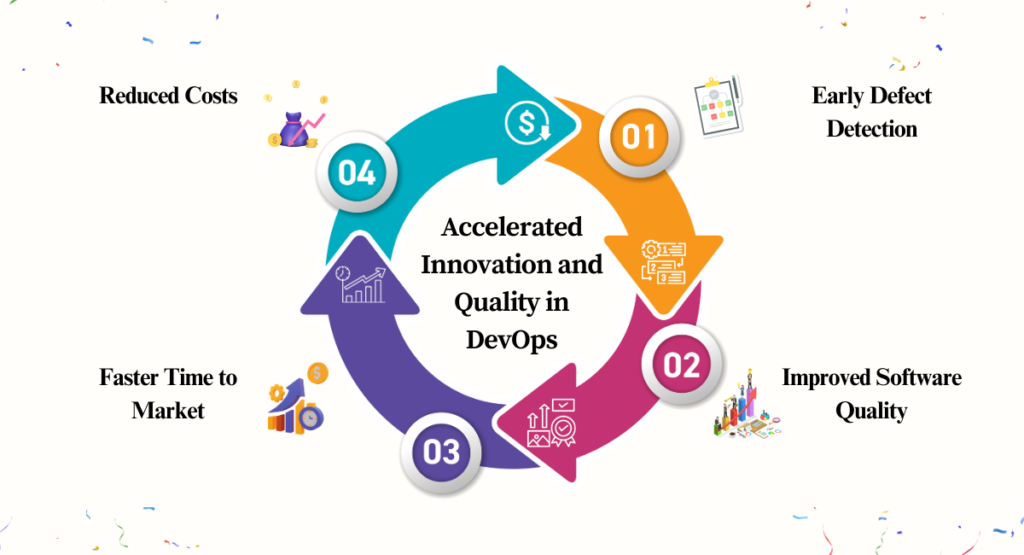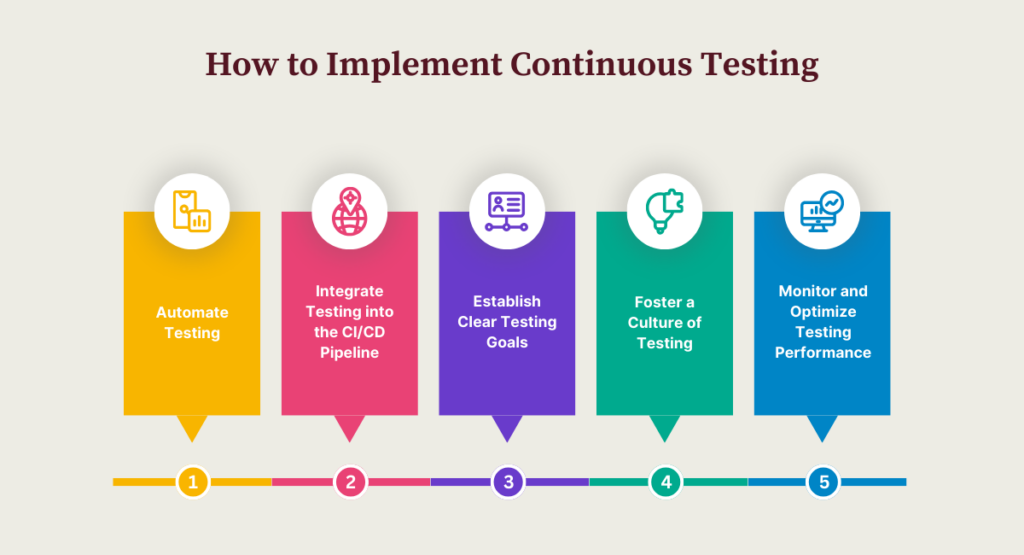The demand for high-quality, rapidly delivered software is ever-increasing. Continuous testing, a cornerstone of the DevOps philosophy, has emerged as a critical practice to address this demand.
By embedding testing throughout the development lifecycle, organizations can achieve faster time to market, improved software quality, and reduced costs.
A study by Capgemini found that test environments are one of the greatest impediments to continuous testing and Agile delivery: 36% of respondents stated that they spend over 50% of their time managing them.
What is Continuous Testing?

Continuous testing is a software testing approach that involves integrating automated tests into the development pipeline, enabling continuous feedback and early defect detection.
This contrasts with traditional testing practices, where testing occurs at the end of the development cycle, often leading to costly delays and rework.
Accelerated Innovation and Quality in DevOps

The adoption of continuous testing in DevOps environments offers a multitude of benefits, including:
- Early Defect Detection: This testing enables the identification of defects early in the development process, when they are less expensive and easier to fix. This reduces the likelihood of major issues surfacing in later stages, leading to significant cost savings.
- Improved Software Quality: By continuously testing code changes, developers receive immediate feedback, allowing them to address defects promptly and maintain a high level of code quality throughout the development process. This results in software that is more reliable, stable, and bug-free.
- Faster Time to Market: This testing accelerates the development cycle by providing rapid feedback on code changes, enabling quicker iterations and releases. This allows organizations to respond swiftly to market demands and stay ahead of the competition.
- Reduced Costs: This testing reduces the overall cost of software development by preventing costly defects from reaching production. It also streamlines the testing process, eliminating the need for extensive manual testing at the end of the cycle.
How to Implement Continuous Testing

To effectively implement continuous testing in a DevOps environment, consider the following steps:
- Automate Testing: Automate as many test cases as possible, leveraging tools like Selenium, Cypress, or Robot Framework to perform repetitive testing tasks efficiently.
- Integrate Testing into the CI/CD Pipeline: Integrate automated tests into the continuous integration and continuous delivery (CI/CD) pipeline, ensuring that tests are executed every time code changes are made and deployed.
- Establish Clear Testing Goals: Clearly define the goals of this testing, ensuring that tests are aligned with the overall objectives of the development process.
- Foster a Culture of Testing: Encourage collaboration between development and testing teams, promoting a shared responsibility for software quality.
- Monitor and Optimize Testing Performance: Continuously monitor the effectiveness of continuous testing practices, identifying areas for improvement and optimizing testing strategies.
Industry experts emphasize the importance of continuous testing in the DevOps era. Jez Humble, co-author of the book "Continuous Delivery" states, "Continuous testing is the foundation of continuous delivery.
It's essential for providing rapid feedback on code changes and ensuring that software is always in a releasable state."
Book a Demo and experience ContextQA testing tool in action with a complimentary, no-obligation session tailored to your business needs.
Continuous Testing: A Critical Driver
This testing is an indispensable component of DevOps, enabling organizations to deliver high-quality software at an accelerated pace.
By embracing continuous testing practices, organizations can reap significant benefits in terms of software quality, time to market, and cost savings.
As the software development landscape continues to evolve, this testing will remain a critical driver of innovation and success.
You may also be interested in: Unlock Developer Productivity with AI-powered Java Unit Testing
We make it easy to get started with ContextQA tool: Start Free Trial.
